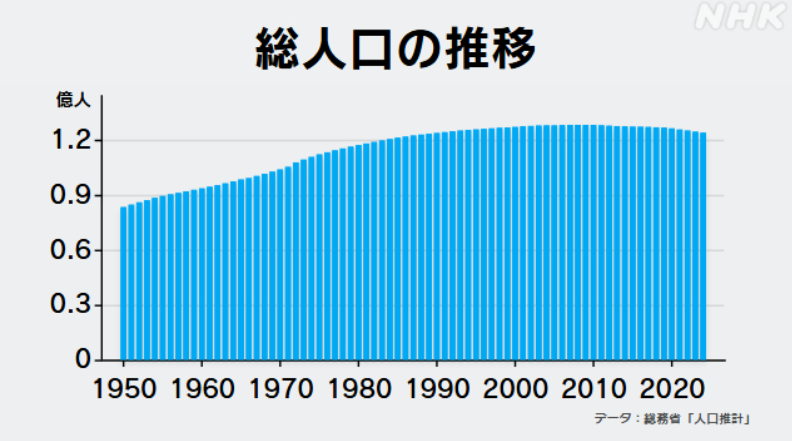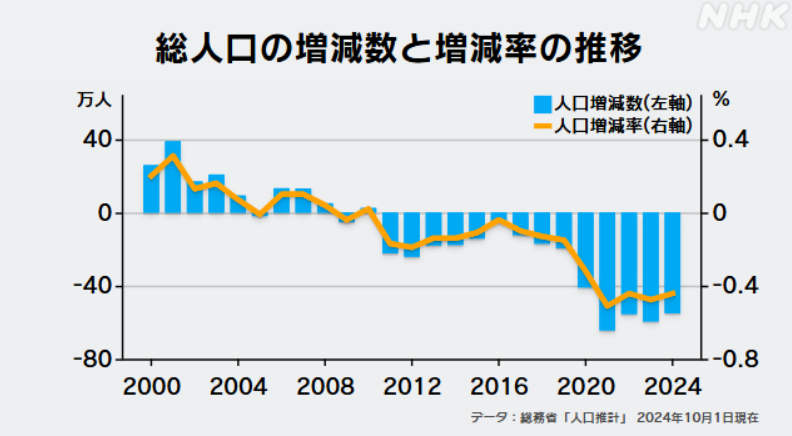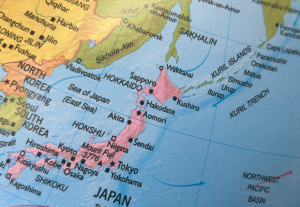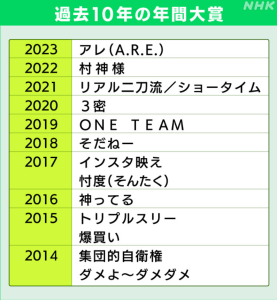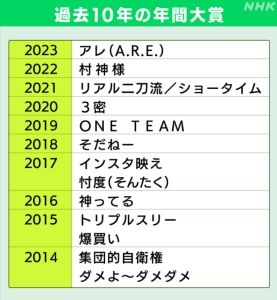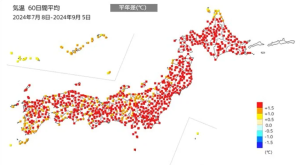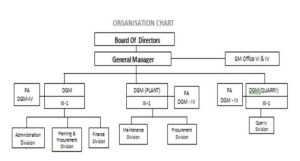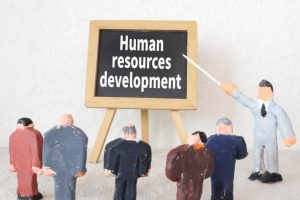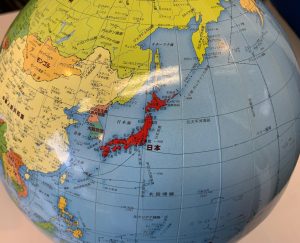Re: A news item and subject which I just want to check out (166) April 18, 2025
Two weeks have passed since April started, and in Kansai, the cherry blossoms (Yoshino cherry tree), which bloomed all at once from the end of last month to last week, are already beginning to take on the appearance of cherry trees with young leaves, due to the recent cold weather that seems to have returned to winter and the continuous rain over the past few days. Anyway, what has been going on with the weather lately? I think that we did not feel like relaxing under the cherry blossoms with a drink this year due to the impact of Trump shock.
And the Osaka-Kansai Japan Expo officially opened on April 13. The opening ceremony held on the day before was blessed with good weather, but on the day of the official opening, the weather was unfortunately bad. And the Blue Impulse aerobatic flight which many people were looking forward to was canceled and it was disappointed. On top of that, various issues were raised when the Expo finally opened, and I think that the concerns of those involved will be significant over the next six months. It may be necessary to have a mindset that “considers it a success if it ends safely”.
By the way, the Masters Tournament, the first major tournament of the golf season, was held at Augusta National Golf Club in Georgia for 4 days from April 10, Thursday to the weekend last week. The result was that Rory Mcllroy aged 35 of the United Kingdom won his first championship on his 11th attempt and has achieved the great ambition of winning all four major tournaments, becoming the sixth person in history to complete a career Grand Slam. This is an achievement that has not been seen in 25 years, since Tiger Woods in 2000. I have been watching TV every early morning for days and feeling sleep-deprived, but it was a wonderful battle that is rarely seen. Golf is a solitary sport where one fights alone, and above all, mental control is important. I had to take my hat off to him not only for his skills but also for his determined spirit.
■■What I have recently thought and focused on:
■My humble manuscript published in a section of “insights and insightful views” in the morning edition of the Nikkei newspaper on April 11:
The title of my humble manuscript was “rising expectations for ex-employee shareholders”. I picked up the recent diversification of corporate environments, the role and limitations of outside directors as supervisory agents in corporate governance, union co-optation and low membership rates, the role of corporate whistleblowing systems in maintaining organizational integrity, alumni gathering for socializing and so on. And I pointed out that all of them are not enough when it comes to making comments on management. I submitted that to cover this, ex-employee shareholders should take free stances in raising various issues that they recognized but avoided while employed as individual shareholders at the shareholder’s meeting. My intended point was that this would drive corporate transformation and organizational revitalization, ultimately leading to an increase in corporate value and a rise in stock prices. I have received thoughtful comments from many people, thanks to their kindness.
I take it that they have generally understood and agreed with what I stated. Thank you very much indeed.
Incidentally, I did not touch on it in my humble manuscript due to word count limitations (about 1,000 words), but I want to add the issues of outside director system. At present, the selection of outside directors is often determined by the arbitrary intentions of the top management, and the remuneration is paid directly by the commissioned company. This will lead to an employment relationship, and there are concerns about the independence of the supervisory role in corporate management. For instance, the following are ways to ensure independence. Making outside directors a national (public) certification system, where certified individual is registered with an independent public institution and dispatched to a company. And a public institution pays remuneration to an outside director from compensation received from a company.
By the way, looking at responses to recent corporate major scandals, it is customary to entrust the investigation to a third-party committee composed of external experts. This raises inevitable doubts about the role of outside directors as supervisory agents. And there is a case that a well-known public figure casually accepts an outside director position in a manner akin to lending his name, and as a result, he becomes the target of a shareholder derivative lawsuit and loses his face.
As stated above, the current system of outside directors has a gap with its original intent. I think that the role of outside directors is primarily to monitor the business leader’s sense of urgency, responsibility and ethics. Of course, the appointment and utilization of outside directors vary depending on the management philosophy and approach of business leaders.
There are examples where the current system is functioning effectively.
■Japan’s “natural population decline” has reached a record high of 0.89 million:
The Ministry of Internal Affairs and Communications has published total population estimate (including foreigners) as of October 1, 2024.
1)Japan’s population was 123.8 million decreased by 0.55 million (0.44 %) compared to the previous year and it has been 14 consecutive years of year-on-year decline.
2)The “natural decline” as the number of births (0.717 million in 2024) falls below the number of deaths (1.607 million in 2024) has continued for 18 consecutive years, with a decline of 0.89 million. Incidentally, the number of births in Japan peaked at 2.09 million in 1973 but declined, falling below 1.5 million in 1984.
3)The number of arrivals for residence and study abroad was 4.193 million increased by 0.942 million compared to the previous year, and exceeded the number of departures by 0.342 million, with 3.853 million departures.
4)The number of people born in 2005 who are turning 20 this year is 1.06 million, which is almost half of the peak.
The working-age population (ages 15~64), which forms the core of the labor force, has been declining since its peak of 87.16 million in 1995, and as of March 2025, it is 73.51 million, 13 million less than the peak.
5)The working-age population is declining, but according to the labor force survey, the number of employed persons as of February 2025 reaches 67.68 million, and it has increased for 31 consecutive months and is at a record-high level. Comparing the number of employed persons (ages 15~64) in 1995 and 2024, the male workforce has declined by 3.75 million, whereas the female workforce has increased by 2.68 million.
Another factor contributing to the increase in the number of employed persons is the movement of elderly workers. Employed persons over 65 years old is 9.24 million in 2024, 2.3 times increase. It is becoming clear that the concept of “lifelong active” is gradually taking root.
6)As stated above, before the pandemic, workplaces managed the decline in the working-age population by relying on women and the elderly to fill the gaps. But now, this composition is falling apart. One reason is working hours regulation and increase in overtime pay starting in April 2024. Another reason is that the entire baby boomer generation born between 1947 and 1949 has reached the age of 75 or over, becoming late-stage elderly, and started to exit the labor market. The employment motivation of the elderly is strong, but it is not covering the decline of the younger generation.
In addition, looking at the current situation of Japan’s population decline and future estimates, I have to say that the current labor shortage is just an “entrance”. The working-age population is declining at an average rate of about 0.43 million per year in the 2020s, but it is expected to increase to about 0.8 million in the 2030s. Therefore, the securing of human resources is expected to become increasingly difficult in the future.
One possible measure would be to increase the number of women working full-time and elderly people in the workforce, and expansion of acceptance of foreign workers. In order to do that, improvement of working conditions (wage, safety management and so on), legislative development, and deregulation are necessary.
And in case of transportation industry and logistics industry, in addition to these, digital transformation and the introduction of AI robots to replace humans, the construction of a finely turned supply chain management (SCM)system aimed at achieving overall optimization rather than partial optimization, collaboration between businesses in the same industry and across different industries, revising industry norms (bad customs), the introduction of pallets and the standardization of their specifications, the promotion of modal shift, vehicle improvements and so on are necessary. And there are also structural issues such as the restructuring and elimination of small and medium-sized enterprises.









